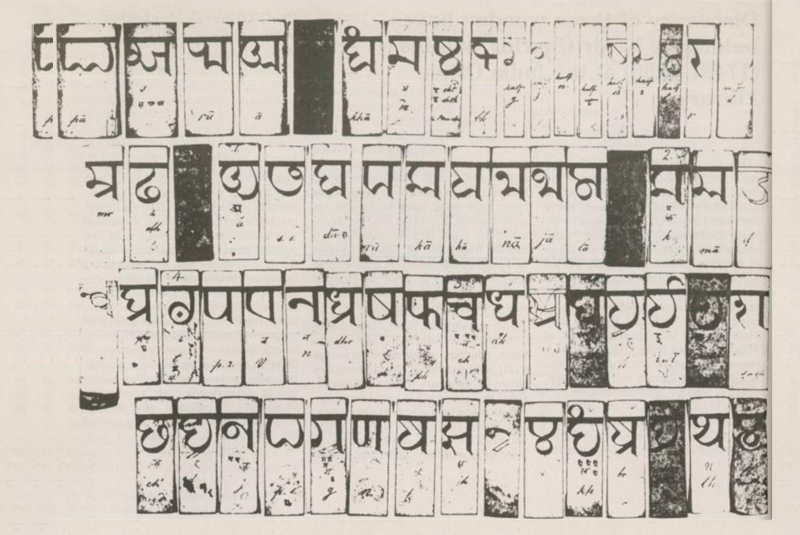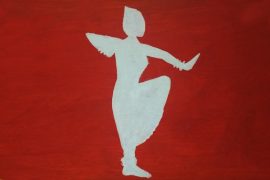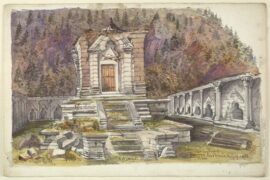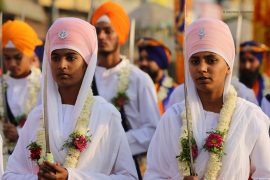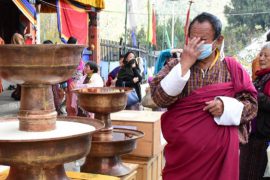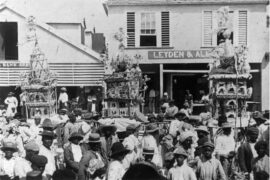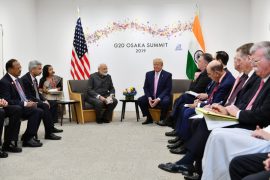MODI. This four-letter-noun is now world-famous. In the popular imagination, the word has come to represent the last names of three men who have, in one way or another, acquired notoriety across the world.
The first is Narendra Modi, the Prime Minister of India. The second is Lalit Modi, the Indian businessman popularly known as “Captain Crony Capital.” The third is Nirav Modi, the diamond trader, fugitive, and “most wanted” criminal. All of them have, at some point in time, hogged the headlines, making the name MODI famous.
Buried under this headline-driven chicanery is a historical and cultural treasure, the Mōḍī script. Unfortunately, the Mōḍī script has lost its historical significance and is now the remit of the obscure scholar. It hardly finds a mention in the popular press, let alone hog the headlines.
Historically, Mōḍī evolved from Mouryi, a Brahmi script used during the Ashoka period. For centuries, the Mōḍī script was used as an official script to write Marathi, an Indo-Aryan language spoken in western and central India, primarily in the state of Maharashtra. In some instances, Mōḍī has also been used to write other languages like Hindi, Gujarati, Konkani, (spoken in western India) Tamil, Telugu (spoken in South India) and Paiśācī, a “language of the middle kingdoms of India.”
-30-
Copyright©Madras Courier, All Rights Reserved. You may share using our article tools. Please don't cut articles from madrascourier.com and redistribute by email, post to the web, mobile phone or social media.Please send in your feed back and comments to [email protected]

